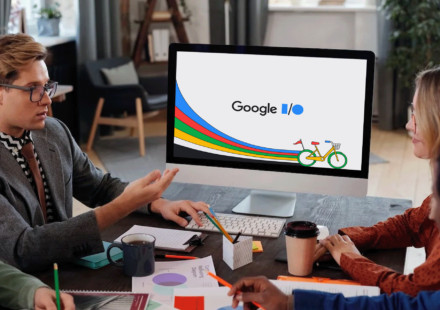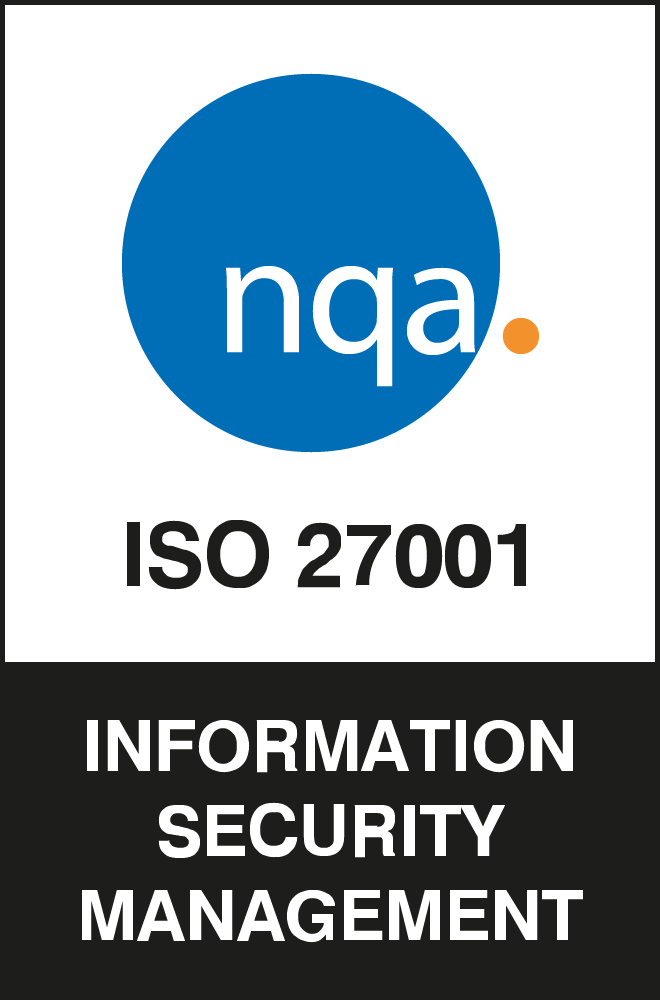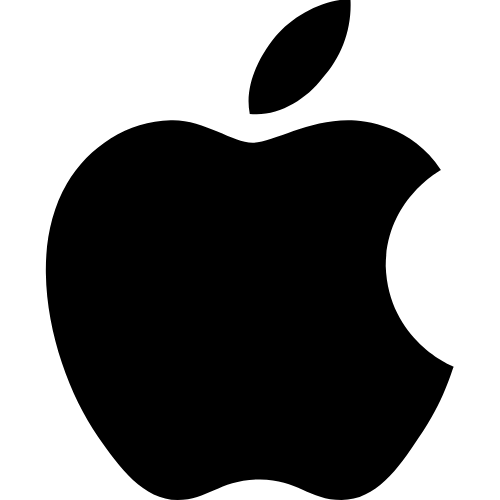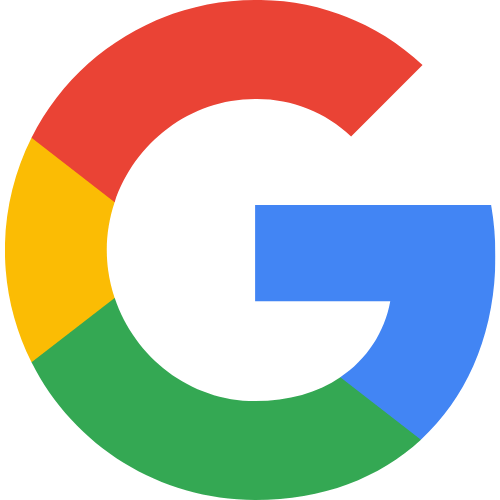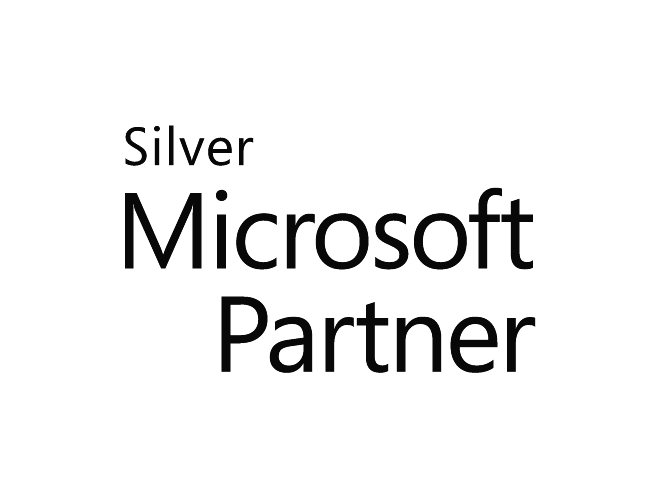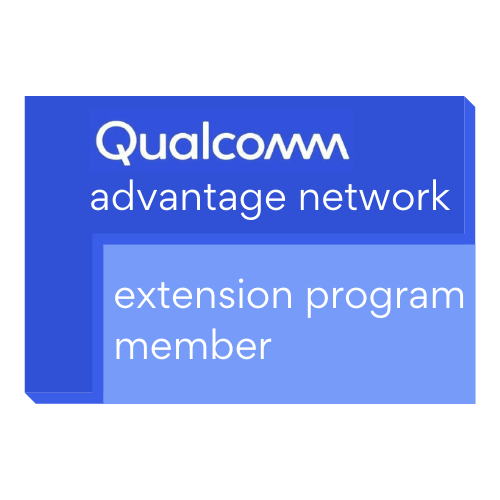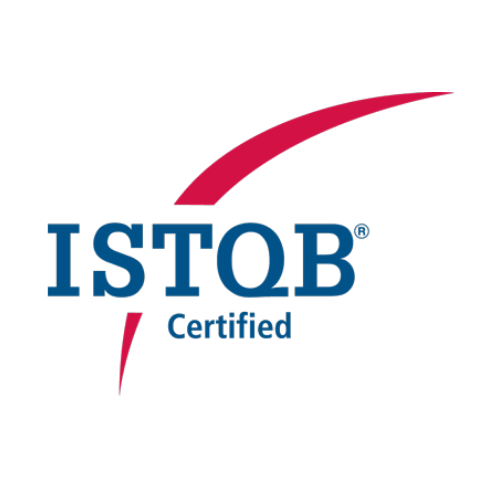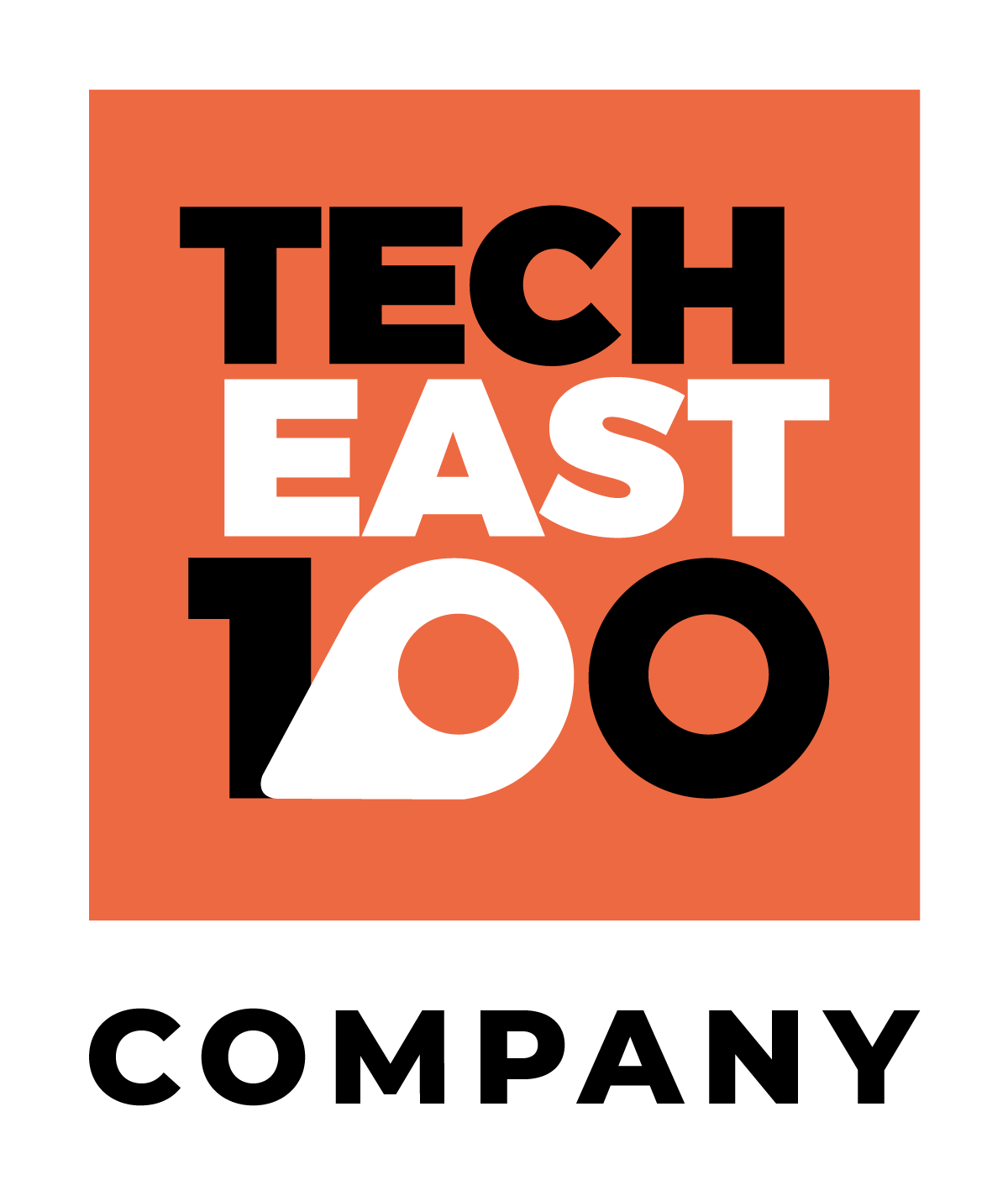Last year, the number of apps downloaded worldwide reached an all-time high of 218 billion with global consumer mobile app spend increasing to 143 billion USD, up from 101 billion USD in 2018.
With impressive statistics like these, it’s clear that there is a lot of money to be made from the mobile apps sector and this growth doesn’t seem to be slowing down anytime soon.
But how is this money actually made? What methods are used to make users part with their coins and what strategy is best suited to your mobile application?
Our guide to app monetisation answers all of your questions surrounding how you can make money from apps and more, discussing the key statistics, different monetisation strategies and how to decide which one you should choose.
What is monetisation?
Broadly speaking, monetisation is the process of transforming a non-revenue-generating product or service into one that does generate revenue.
What is app monetisation?
App monetisation is the process of transforming an app, whether that be a mobile app, tablet app, TV app or wearable app into a revenue-generating product/service. In app monetisation, product owners leverage an app’s user base to generate income. This can be done using one or a combination of tactics, such as in-app purchases or advertisements, for example, to create a complete monetisation strategy.
Monetising a mobile app provides an efficient source of income for developers that can contribute towards the costs of development, scaling the app, marketing strategies and other areas that require funding.
How does app monetisation work? Direct vs. Indirect App Monetisation
As explained above, mobile app monetisation, in general, refers to the creation of revenue from a mobile app through various strategies and techniques. However, the different app monetisation strategies can be categorised into two separate categories and works via direct monetisation and indirect monetisation.
Direct Monetisation
Direct monetisation refers to any funds generated directly from the sale of your app or the sale of in-app purchases.
Indirect Monetisation
Indirect monetisation is any app revenue generated through indirect means such as advertisements. If you were to place an advertisement for an external company on your app, the company you’re advertising for would pay you so technically it’s not the app itself that’s driving revenue it’s the adverts.
App Monetisation Statistics
Did you know that neither Apple nor Google initially thought mobile app stores were necessary and didn’t add app stores to the first versions of iOS and Android? Through app monetisation strategies, the mobile app industry has since become worth billions, making it a key revenue stream for Apple, Google and mobile app developers worldwide.
Here are 10 statistics on mobile app monetisation to help you further understand its value.
- In Q1 of 2016, global app revenue was $9.1 billion, in Q1 of 2020 this figure reached more than double that with $23.3 billion revenue recorded (Business of Apps).
- As a result of various lockdowns and an increased amount of time spent indoors, app revenue grew significantly from the beginning of 2020 (before most restrictions were imposed) compared to the end of it. App revenue for Q1 of 2020 was $23.3 billion and this figure rose to $31.9 billion by Q4.
- In a survey conducted by Statista of 400 developers in the U.S. and the U.K., the most popular monetisation strategy was subscriptions (56%) followed closely by freemium apps (54%).
- On average, over 100,000 new Android apps are launched in the Google Play Store each month and over 30,000 new iOS apps are launched in the Apple App Store.
- According to Business of Apps, games are the primary form of revenue generation for Android and iOS, generating 72.3% of all revenue in Q3 of 2020.
- The top app for consumer spend for two out of the four quarters in 2020 was Tinder (Q1 and Q3), TikTok was top for the other two quarters (Q2 and Q4).
- Average revenue generated per user is highest in the U.K. compared to the rest of Europe, followed by Germany.
- On average, smartphone users use 10 apps each day and 30 apps each month (techjury).
- Music apps are launched the most every day compared to any other app category (Statista).
- As of March 2021, 92.9% of apps in the Apple App Store are free (Statista).
Best Monetisation Strategies & App Monetisation Models
The value of mobile app monetisation as a process is indisputable and can help you reach many business growth goals, however, different monetisation strategies work best on different types of apps and it can be challenging to understand which one will achieve the best results.
Below is a list of the different app monetisation strategies and models as well as their pros and cons and examples of how they’re usually used.
In-App Advertising
In-app mobile advertising mostly looks similar to the kind of advertising you see on web pages today, just adapted to fit a much smaller screen than on a desktop and falls into the category of indirect monetisation.
In-app advertising is a great choice for developers who want to continue offering their app to users for free but require additional income to support research, development and improvements.
These come in multiple different formats, explained below.
Banner Ads
Banner ads are pretty self-explanatory and you’re likely to already know what I’m talking about just by their name. Banner ads are small image-based ads that are typically displayed along the top, bottom or side of a screen.
Pros: This style of advertising is less intrusive on the user because of their small size which supports a positive user experience.
Cons: Because banner ads only take up a small portion of the smartphone screen, it’s much easier to ignore so users rarely engage with them. Banner ads are also one of the cheaper styles of in-app advertising which means they don’t create as much revenue as other methods.
Interstitial Ads
Interstitial ads are typically the most intrusive form of in-app advertising, they take up the entire screen to capture the attention of the user and deliver a specific advertising message.
Interstitials are usually placed in between separate user flows, such as at the end of a level in a game, as an alternative to banner ads that are present all the time. Interstitial ads are also useful to display whilst an app is loading so the user has adequate time to consider the ad’s message.
Pros: Interstitial ads are a surefire way to ensure an advertising message is seen by users – they’re unavoidable so all users will have to see them before they can continue using the app.
Cons: Interstitial ads can be annoying to users and they generally ignore whatever message is being displayed by the advertiser. Most users will exit interstitial ads at the earliest chance they have.
Native Ads
Native ads are ads that seamlessly fit into the rest of the app’s content so they don’t look out of place in relation to the rest of the features and design. Native ads are commonly found on social networking apps like Twitter, Facebook or Instagram, presented as posts within a feed.
Pros: Native ads don’t intrude much on users’ experiences when designed correctly, as long as it’s clear that they are ads and not organic content.
Cons: Native ads need to be distinctly different from organic posts so that users don’t feel as though they are being tricked into clicking on them as this can affect their experience.
Affiliate Ads
Affiliate ads display referrals for other apps to your users in exchange for a set commission fee for every user who completes a specified action, such as downloading the app or even just viewing it on the app store.
People react positively to recommendations from trusted sources so this tends to work best on apps with loyal fanbases who trust you not to direct them to a useless product.
You can even offer your users an incentive for completing the action specified such as extra points, virtual property or other benefits in a gaming app.
Pros: Affiliate advertising utilises and builds your existing user base’s loyalty and trust in your app.
Cons: You need to ensure you’re directing your users to an app that is of value for them so vetting and research are essential to avoid creating a harmful user experience.
Video Ads
Video ads remain one of the most engaging and effective forms of in-app advertising. The name is pretty self-explanatory, a mobile app video ad is a short but sweet video that introduces a product or service before providing a link to where users can access it.
Some video ads offer users rewards for watching the whole video instead of just skipping past them, these rewards could include an extra life in a game or access to a premium feature for a limited time. These are often referred to as incentivised ads or rewarded videos.
Pros: Videos are a highly effective form of content so the return on investment is likely to be high.
Cons: Video ads typically play automatically without the user having to press play, which can be disruptive to some.
Playable Ads
Playable ads engage with users by allowing them to play a trial version of a game or app before encouraging them to download the full version.
Pros: Playable ads allow users to experience a small part of an app so they can better understand if it’s something they are interested in, they’re also very engaging so achieve high conversion rates, user retention and revenue.
Cons: If a user can’t sample an effective amount of gameplay they won’t become interested and are unlikely to convert into downloads.
Offerwall
Offerwalls in apps display several different special offers like free in-app currency or extra lives in a game that can be accessed through watching specific video ads.
Usually, the more desirable rewards are achieved through watching longer videos.
Pros: Offerwalls are usually confined to a separate area of the app so they won’t interrupt the user experience like interstitials or banner ads, users have to purposefully seek them out.
Cons: The reward offered has to be something that users want, otherwise they’ll ignore the offerwall section of the app completely.
App Reward Ads
Reward ads offer users a reward for engaging with mobile ad content, for example offering an extra life in a game or access to a premium feature in exchange for watching a 15-second advert without skipping.
Like interstitials, reward ads are usually placed between user flows like at the end of a level or following the completion of a task.
Pros: Reward ads are a win-win scenario, they give the user choice in whether they want to engage with them and reward them for their time if they do.
Cons: Because users have the choice whether they wish to engage or not, the reward needs to be worth it to convince users to do so. If this balance is wrong, they’ll just opt out entirely.
In-App Purchases, Virtual Goods and Currency
Unlike in-app ads, in-app purchases, virtual goods and currency all fall under the umbrella of direct monetisation.
In-app purchases can be either consumable or non-consumable. Consumable in-app purchases have to be bought every time a user wants to use them, whilst non-consumable in-app purchases only have to be paid for once per user.
Some examples of consumable in-app purchases are:
- Virtual currency
- Game hints and advice
- Extra lives
- Extra XP
- Exports to a new file format
Some examples of non-consumable in-app purchases are:
- Ad removal
- Full game access
- Unlimited hints and advice
- New characters
- New accessories
- Bonus levels
It’s important to note that Apple, Amazon, Samsung and Google will all take 30% of all revenue generated from in-app purchases if your app is published on their app store so be sure to factor this into your pricing model.
Virtual Currency
Virtual currency is a common monetisation strategy for game apps that can be earned through play and the completion of objectives, winning against competitors or by reaching other in-game targets. However, virtual currencies can also be purchased using real money via a prepaid account or a credit/debit card.
Using virtual currency, users can access certain competitive advantages or premium features that make the game more exciting.
Pros: Virtual currency contributes to the overall immersive gaming experience and can improve satisfaction amongst users.
Cons: The features that can be traded with virtual currency have to be enticing enough to make users want to spend their hard-earned cash on them – otherwise they simply won’t.
Physical Product or Service
Some apps offer their users additional physical products or services such as toys or other merch that can be purchased via the app using a built-in payment structure. Developers must ensure that the quality of the product is high enough to make customers want to buy it.
Pros: Because the item is physical and is likely to have significant production costs involved, developers can charge a higher price than for non-physical products and services like virtual currencies.
Cons: Physical products are likely to be more expensive than in-app purchases so these might be out of some user’s budgets, depending on your target audience.
Premium/Paid Apps
When mobile app stores had just been launched and before other monetisation models were developed, the only way to generate revenue from an app was to charge a fee to users who downloaded the app.
However, now that other models are available, paid apps are no longer the dominant app monetisation strategy.
Pros: This is one of the simplest forms of mobile app monetisation and requires very little management or further attention once the app is published on your chosen app store.
Cons: Paid apps typically attract fewer downloads than free apps.
Sponsorships (Incentivised Advertising)
Sponsorships are an app monetisation strategy best suited for apps with an existing presence and a substantial user base. Companies and brands will offer money for exclusive advertising right on an app that has the potential to drive consumer interest for their product or service.
The sponsor might have their logo present throughout the app’s screens, be the focus of the loading screen presented immediately after launch or be promoted via push notifications.
Pros: All of your app’s revenue is coming from one place, making it easier to manage and confirms a degree of income stability.
Cons: If a sponsor pulls out unexpectedly you’ll have to scramble to find another or seek alternative revenue generation sources so your app can continue bringing in money.
Selling Data/Data Monetisation
What is data monetisation?
Data monetisation is the sale of data produced through app usage, any time a user launches an app, they are creating data, which can be anonymised and sold to external companies for a profit.
This data might include:
- What device the user access the app from
- How often they launch the app
- How long they spend using the app on average
- The country the user is accessing the app from
- The user’s network type
- The user’s IP address
Any data collection must be secure, transparent and easy for users to opt-in or out of.
Why data monetisation?
This can be a highly lucrative form of app monetisation if your app has a large audience as a vast amount of data will be collected that can provide highly valuable insights relating to consumer trends, user habits, personalised marketing strategies and much more.
Unlike overbearing interstitials, disruptive video ads or other forms of in-app ads, app data monetisation allows developers to gain revenue from their apps without affecting the users’ experience.
Another benefit of app data monetisation is that the revenue is generated externally, there’s no commission to be paid to the app stores your app is published on.
Alternatively, data monetisation can be used in conjunction with other app monetisation strategies to add an extra stream of income.
Industries Using Data Monetisation
Some industries that commonly use data monetisation include:
- Retail
- Media & Telecommunications
- Travel & Logistics
- Professional Services
- Energy & Utilities
Upgrade Plans
On free-to-download apps, upgrade plans offer users premium features not available in the free version of the app, usually in exchange for a monthly or yearly subscription.
Pros: Users can try out the app for free and make an informed decision on whether they want to pay for more features or not.
Cons: If too much of your app is available to users for free, there’s no incentive for them to pay for more. However, if users aren’t able to trial enough of the app’s features they won’t be able to see whether the app is worth paying for. It can be difficult to strike a balance between the two.
Paywalls (Subscriptions) & Freemium
Paywalls are similar to freemium models but they restrict users access to content rather than features. They limit the amount of content users can access without paying for it, after the user has paid, they can access all of the content available.
Pros: Users get to access all of the features your app has to offer so they can decide whether it’s a good idea to pay for access to all the content. Subscribers are also more likely to use the app frequently to get their money’s worth which drives loyalty and engagement.
Cons: It can be difficult to decide what point to put the paywall up at and where to impose the limit on content consumption.
How do you know which model to choose?
Review the pros and cons of each model and consider the following questions, so that you can make an informed decision.
- Is your audience prepared to pay to download your app? If so, what does their budget look like?
- Is your app worth paying for? Are you sure you’re offering something that isn’t available for free elsewhere?
- What type of app monetisation models or ad formats do your competitors use?
- Which area are you most focused on growing at the moment – your user base or your profit margins?
How do free apps make money?
Free mobile apps usually make their money through monetisation strategies such as in-app advertisements, in-app purchases and sponsorships.
How much money can you make from apps?
There’s potential for a lot of money to be made from apps with a solid monetisation strategy. In fact, in 2020 alone $581.9 billion of revenue was made by apps worldwide and by 2023 this figure is projected to almost double to $935.2 (Statista).
This means the potential is continuing to grow at a significant rate so it’s definitely worth considering app monetisation in any long-term strategies for your app.
How to Monetise an App Idea
As you can see there are many different monetisation strategies available today, one of which is bound to be the perfect fit for your app’s unique features.
To recap, monetisation offers developers the opportunity to generate revenue from the apps they create which can be used to reach many different business development goals.
Investigate which is best for you, implement it and create a new stream of income for your business.


